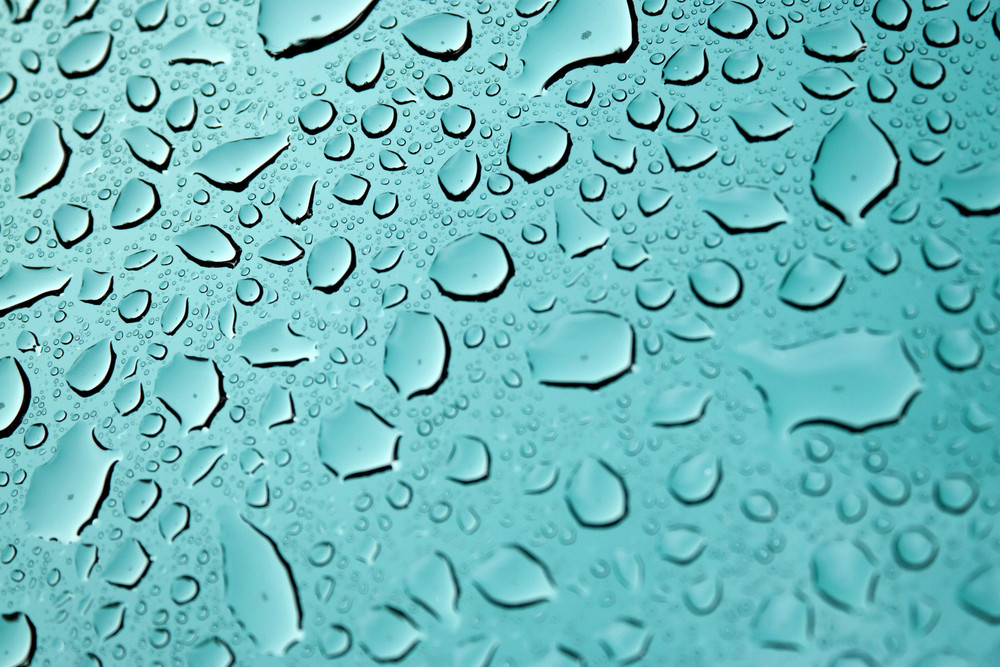
Water is life. Our bodies rely on it for every function since we are made up of 66% water. And yet, 75% of North Americans suffer from chronic dehydration. Why?
Perhaps you have bad tasting water. Or, you feel that your water from your fridge is not as pure as you would like it to be. Maybe you feel like your water problems are too complicated and frustrating, so you stick with sodas, juices, teas, and coffees.
You should enjoy cleaner, purer water. A water filtration system or a bulk water system makes this possible. Here are the top three benefits of selecting this better water.
It’s Better Tasting Water
Municipalities treat tap water to make it potable. This treatment process includes adding chlorine to water for disinfecting purposes. But, you should only be drinking this water after the chlorine has been removed again.
Chlorine makes smelly water with bad taste, but this is not the only cause of impalatable water. Dissolved gases, volatile organic compounds (VOCs), sulfide gas, sediment, and iron all enter water systems and cause bad tastes and odors.
The use of water filtration and conditioning negates these offensive tastes and smells. Oxidation, carbon filtration, and sediment filtration provides you with better tasting water.
It’s Better than Other Water
Tap water, spring water, and some filtered water all contain unseen contaminants. As mentioned above and below, tap water contains contaminants, such as chlorine.
Spring water is natural water that seeps into the ground. Ideally, this would be the purest water available. Unfortunately, contaminants like lead and arsenic also seep into the ground.
Other filter systems remove some, but not all, contaminants. A refrigerator filter removes three of the twenty-seven common tap water contaminants. A water pitcher removes four, and a faucet filter removes eleven.
The best system is a reverse osmosis one. For example, a Culligan Reverse Osmosis Total Defense system removes 26 common contaminants.
It Will Remove Contaminants
Lead, mercury, chromium-6, chlorine, VOCs, fluoride, copper, and so many other contaminants sneak their way into water. Reverse osmosis is able to remove almost all common contaminants and reduces every single one of the 100+ EPA-regulated contaminant.
How does a reverse osmosis system do this? Reverse osmosis filtration has four steps: a sediment filter, a carbon filter, a semipermeable membrane (which removes impurities), and an activated-carbon filtration. This final step creates cleaner, better-tasting water for your home.
Without a doubt, drinking water is critical for your health and well-being. You may face a water issue due to taste, smell, quality, or contamination. A filtration system in your home or provided by a bulk water service will eliminate these issues.
Solve your water issues by investing in a home water filtration system or in bulk water. Your body and senses will thank you.
